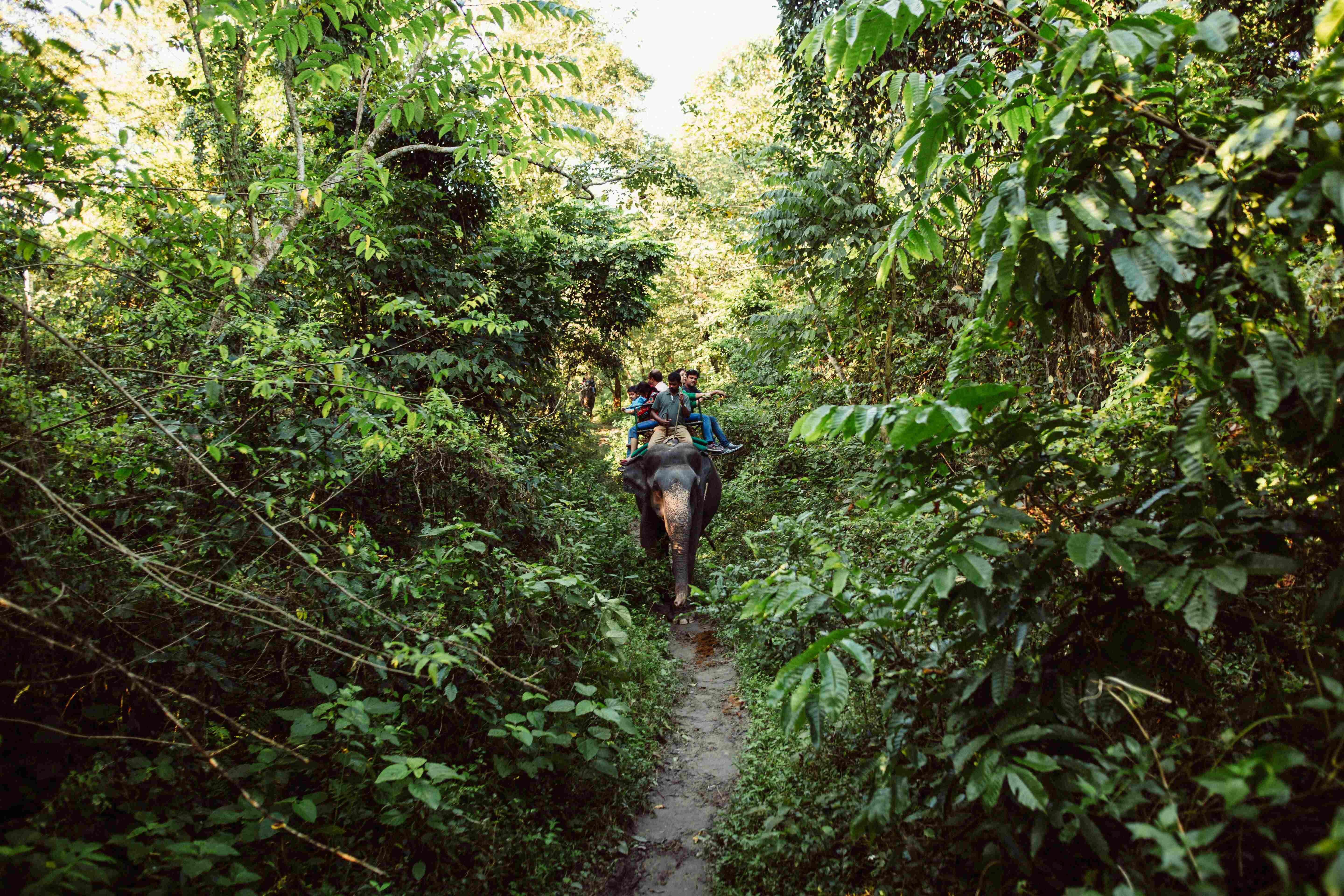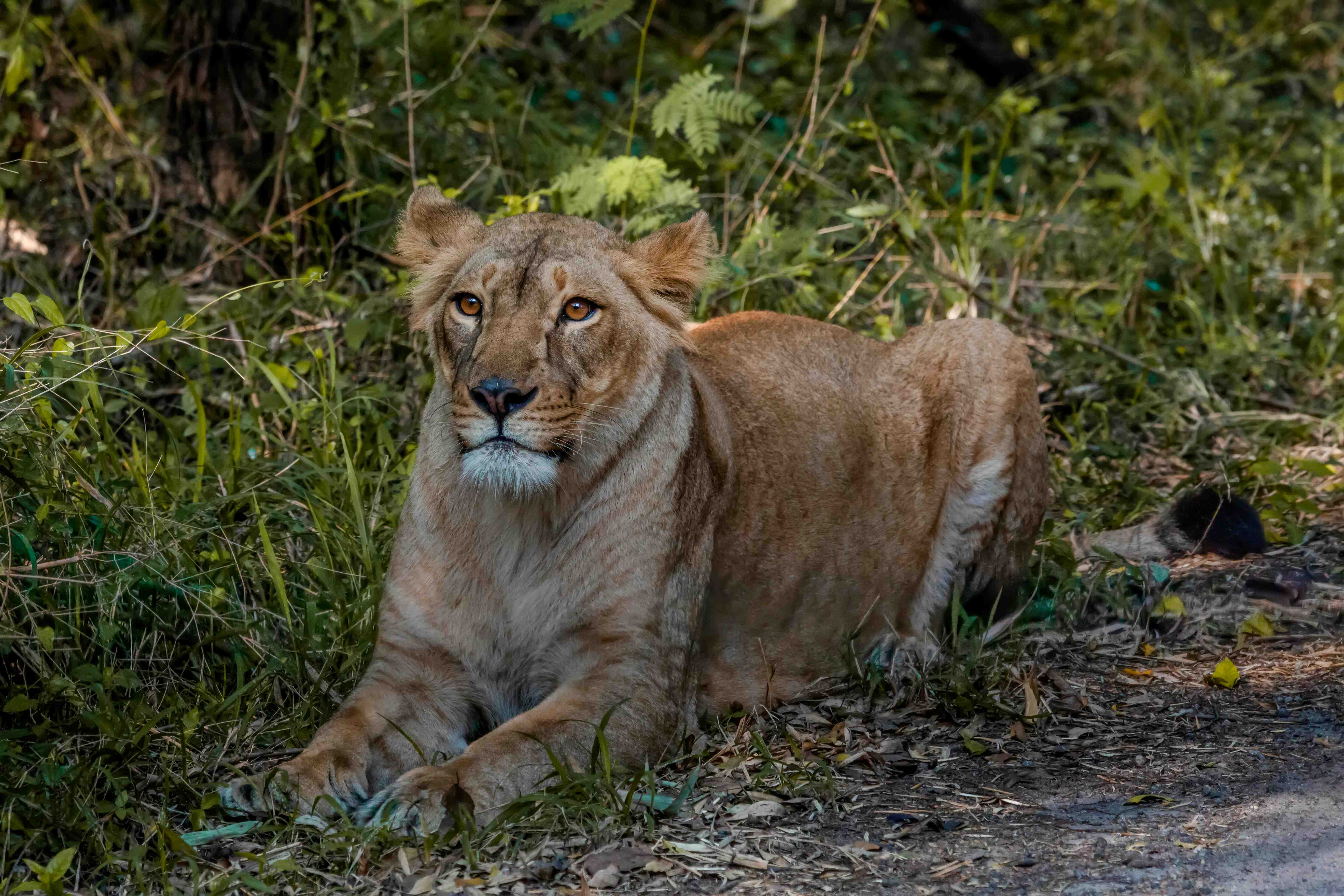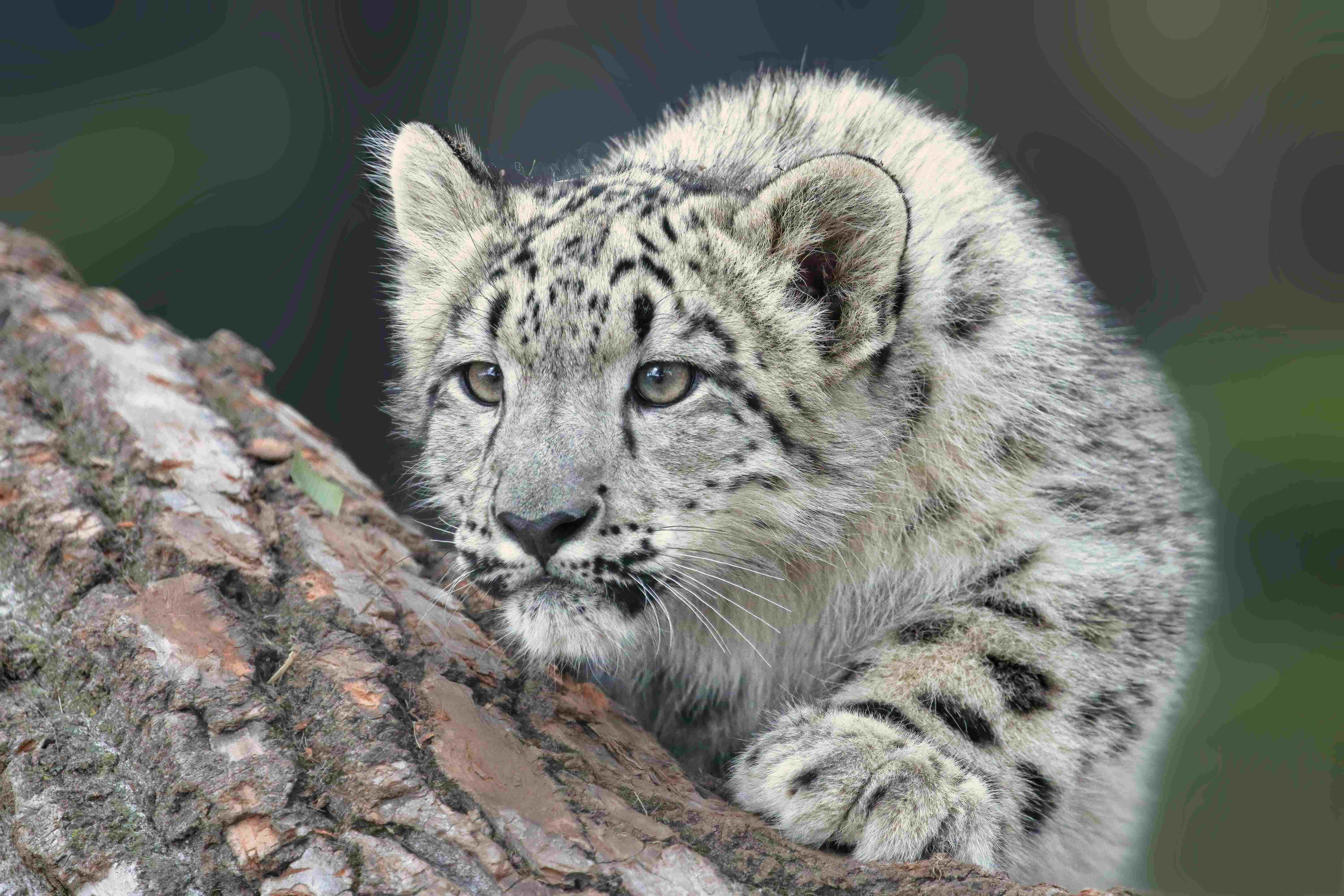A Wildlife Enthusiast's Guide to National Parks in India

For someone who’s interested in both traveling and wildlife, national parks are among the best destinations to go as they are the perfect embodiment of a region’s local heritage and the unique flora and fauna that can be found there. India is so geographically diverse that each region’s national parks appear to be part of different worlds entirely, but that�’s one of the factors that makes India’s unity so fascinating.
Kanchenjunga National Park, Sikkim
This national park and biosphere was designated a UNESCO World Heritage Site in 2016 and has many flagship species - snow leopards, Tibetan wolves, Musk Deer, Blue Sheep, and red pandas. It was also recognized for its multiple diverse ecosystems - alpine meadows, subtropical forests, glaciers and rivers. The Kanchenjunga peak, which is encompassed by the park, is also the third highest mountain in the world; this mountain is also revered by local communities as a deity. There are many trails for walking, areas for birdwatching, roads for jeep safaris, and campsites as part of camping treks.
Sunderbans National Park, West Bengal
A UNESCO World Heritage Site, this site is both a national park and tiger reserve for the elusive Bengal Tiger. This lush mangrove supports the largest Bengal tiger population in the world along with leopard cats, jungle cats, saltwater crocodiles, the Ganges and Irawaddy dolphins, Indian python, mongoose, deer and kingfishers, among many other species.
The best visiting times for this park is said to be from September to March due to the availability of boat safaris, which can take you around the whole park. It’s best to book these trips in advance to avoid the peak time rush, and many recommend hiring a guide who can point out different species and habitats for the best understanding of the place.

Gir National Park, Gujarat
This national park is the entire world’s only natural habitat of Asiatic lions, and is home to many endangered animals and birds, including the long-billed vulture and Pallas’ Fish Eagle. There are dozens of species of reptiles, birds, and mammals in the park, and specific spots for different animals such as a crocodile hatchery. There are multiple packages for jungle safaris and bird watching so you may choose what you wish to do based on your own preference.

Kaziranga National Park
Yet another UNESCO World Heritage site, this park is famous for being home to the critically endangered one-horned rhinoceros and having a tiger sanctuary, along with having resident panthers, bears, elephants, water buffalo, pelicans, and migratory birds. There are jeep safaris available in all four districts of the park which allow visitors to see all the kinds of flora and fauna that can be found there. It is located beside the Brahmaputra river which adds to the natural beauty of the place.
Hemis National Park, Ladakh
A high-elevation national park located in the Leh district of Ladakh, this site is famous for its snow leopard sightings and is believed to have the highest concentration of them in the world. Other animal species here include leopards, Tibetan wolves, Eurasian brown bears, Himalayan marmot, Himalayan griffin vulture, golden eagles and red foxes. The rivers Indus and Zaskar flow at its boundaries.
The best time for visiting is between May and early October, otherwise the heavy winter and spring snowfall blocks most of the trekking and jeep safari routes.

Rani Jhansi Marine National Park, Andaman & Nicobar Islands
A relatively new national park, this marine sanctuary shares the clear blue waters of the Bay of Bengal and hosts a variety of sea life. There is an entire coral conservation project centered at this site including brain and fire corals. The animal species found here include crocodiles, wild pigs, clownfish, manta rays, and Dugongs, an endangered sea mammal.
These sites can be explored through activities such as snorkeling and scuba diving for the enthusiastic ones, or glass-bottom boat rides, nature trails, and bird-watching for the milder hearted ones. The best time to visit is said to be the dry season from November to April, when the waters are calmer.




